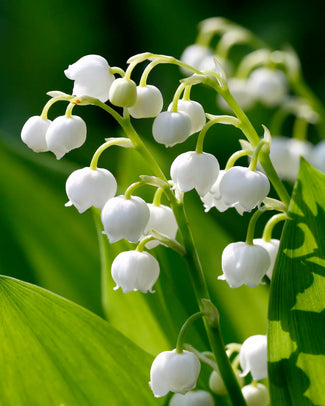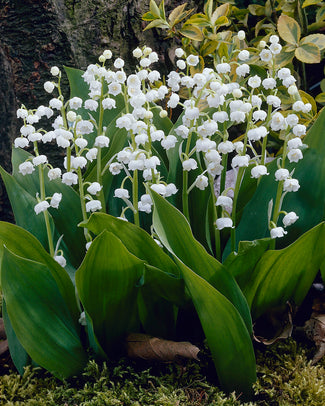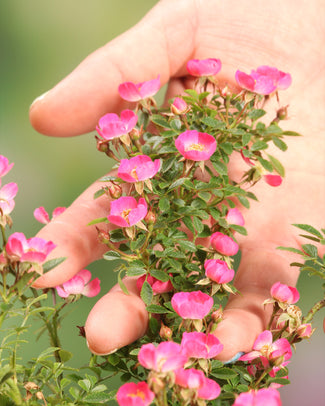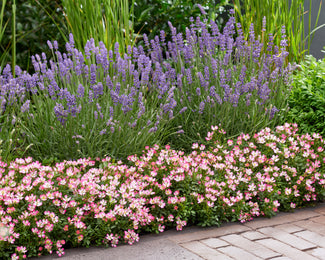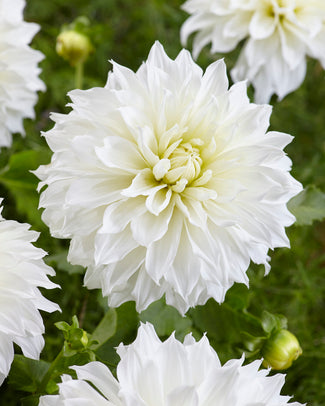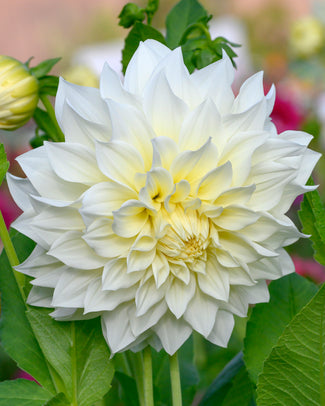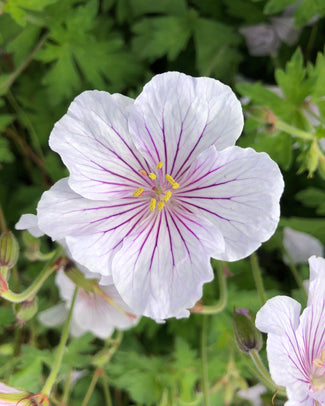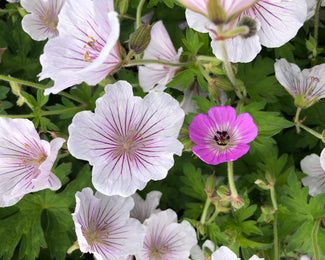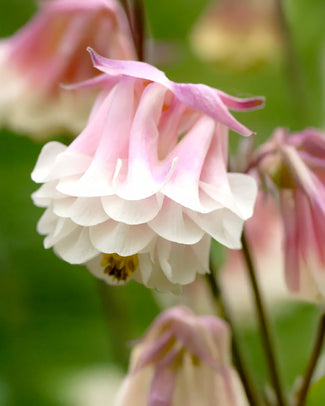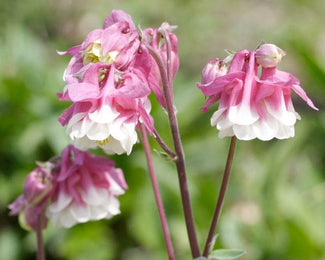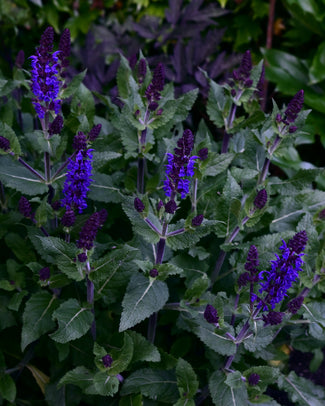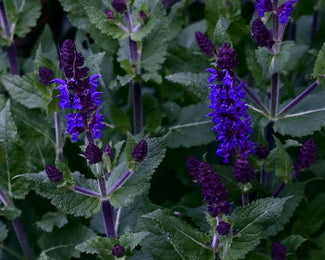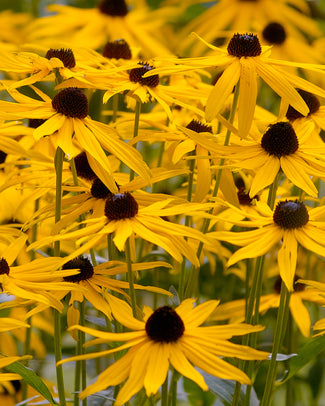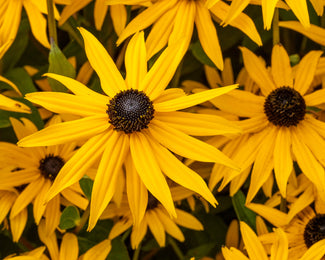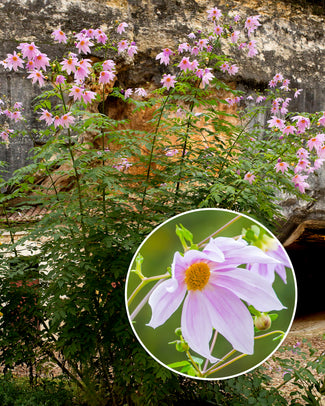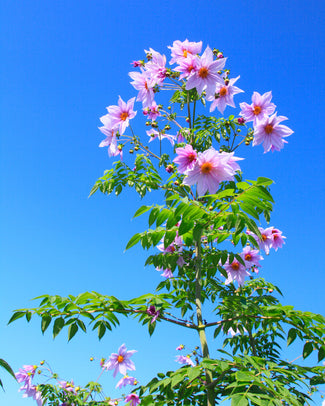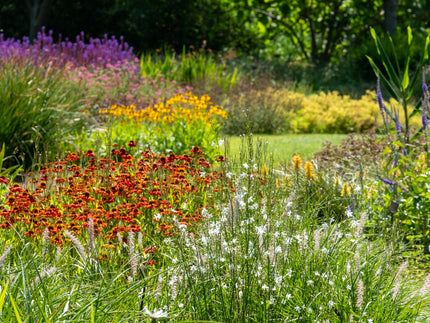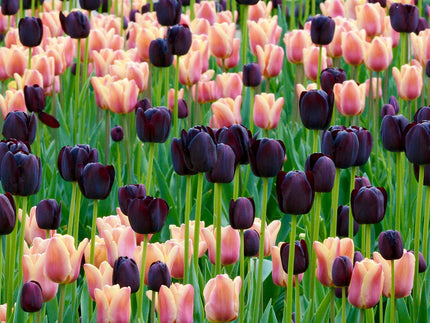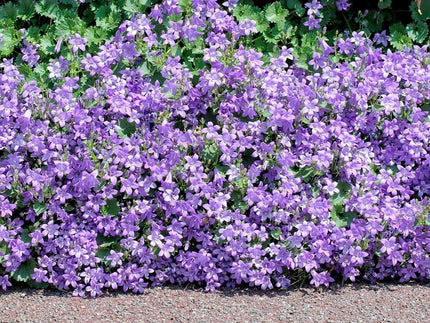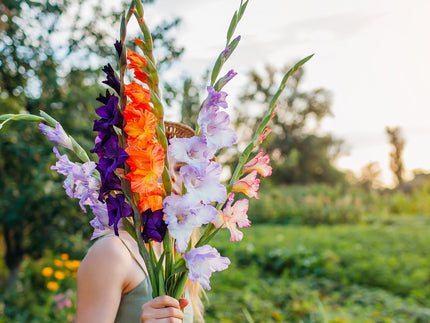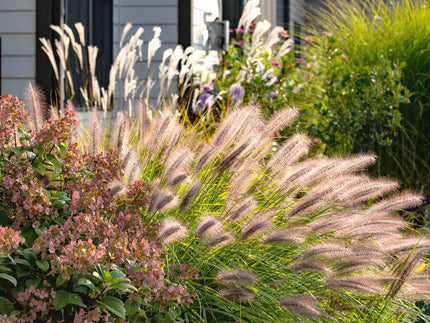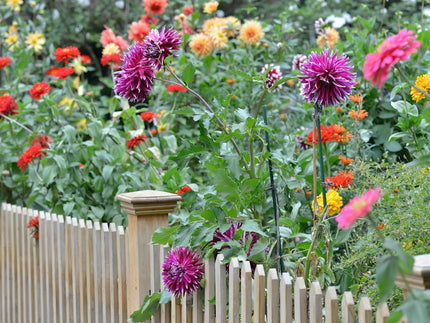How to plant Rudbeckia
Rudbeckia are a ray of sunshine in a mixed border with their vibrant, bee-friendly blooms. They are perennial plants which grow back every year. Each year, the root system will become more robust, forming a clump which produces more blooms each time. They are low maintenance plants once they're settled in but will need some attention at first - the initial care you give them will be rewarded with a long-lasting display which returns every year. Here's how to give them the best start:
How to plant:
—Plant as soon as possible after delivery. Rudbeckia are supplied in spring and autumn and should be planted in the same season, ideally within a week of delivery. Soak bare roots in water for 3-6 hours prior to planting. Rudbeckia plants supplied as root balls will also require watering imediately after delivery.
—Rudbeckia are supplied as either root balls (like a potted plant with soil on the roots) or as bare roots (without soil). It is often ok to plant root-ball Rudbeckia plants directly into a clear space in a border, providing it is well cultivated with good soil. Avoid planting them directly into a space which will become over-crowded by more established plants later in the season, new plants will struggle to compete and could fail as a result. Rudbeckia supplied as bare roots should be potted up in individual temporary pots with multipurpose compost, this will give them an easy start and then they can be transferred into a border after 1-3 months once they have established some top growth and a stronger root system.
—Plant bare roots or root balls so that the root system is fully submerged in the soil, leaving the buds/crown just slightly below the surface. Any young shoots/leaves should be left exposed above the soil surface. When supplied in spring, the shoots/leaves will be pale but will soon green up after being exposed to daylight. Water thoroughly after planting.
—If planting root ball plants directly into a clear border, choose a sunny position with rich, free-draining soil and space the plants 15-20cm apart if planting a group. Add multipurpose compost to each planting hole to help the new roots grow. If you are planting in containers or potting up bare roots to grow-on, you should use multipurpose compost and a 15-20cm pot for each plant.
—Water-in after planting and continue to water regularly whenever the top 3-5cm of soil feels dry.
—Some Rudbeckia are hardy perennials and others are half hardy, please check the plant specs on the product page. There is no need to protect fully hardy Rudbeckia from frost over winter although newly-potted plants may need some cover during cold snaps. Half hardy Rudbeckia varieties should be moved under cover over winter if temperatures are likely to fall below -5C. If temperatures are likely to only fall to between 0C and -5C, they can be protected with a thick mulch over winter.
Aftercare:
—There should be some buds or shoots visible on the plants/bare roots when they are supplied in spring. Shoots may be pale due to lack of light, but they tend to turn green and continue to grow within a matter of days of planting. When planting in autumn, they may not have visible shoots or buds. They may produce some initial growth and then become dormant and stop making progress through winter, they will then resume growing again in spring. If they don't produce any visible growth before winter, they should sprout by the end of March the following spring. Perennials sometimes take time to settle in and do not always produce flowers in the first year.
—Deadhead the flowers in summer when needed, often this will encourage a second flush of flowers.
—In autumn, cut the stems down to around 5cm from soil surface. The plant will remain in a dormant state through winter and will grow back of its own accord the following spring. Protect half hardy varieties such as 'Cherry Brandy' and 'Prairie Sun' from harsh frosts over winter.
Read further general instructions about planting bare-root perennials





















































































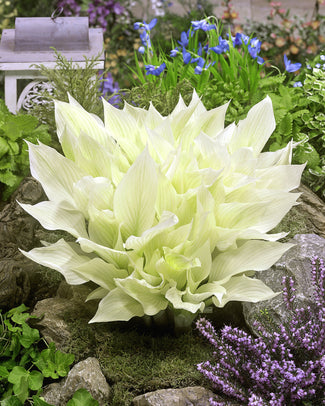
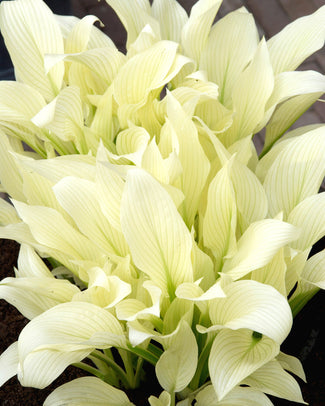
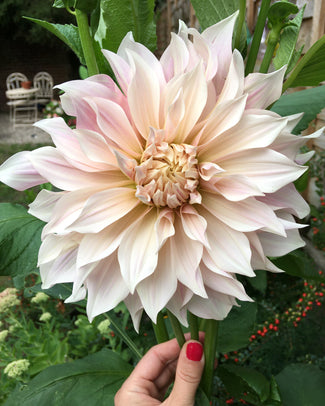
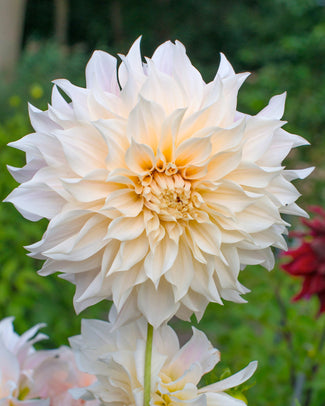
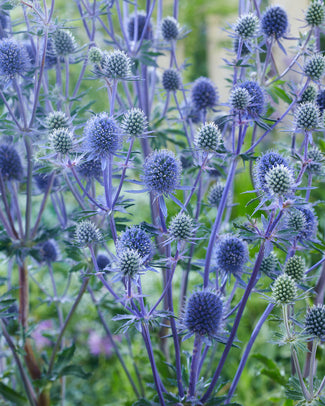
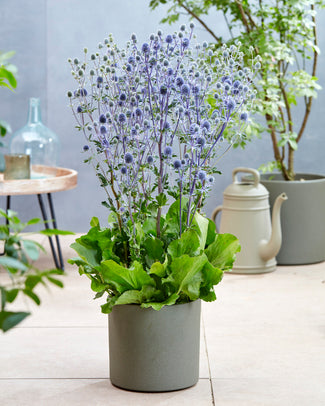
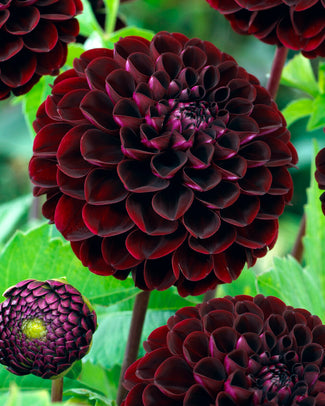
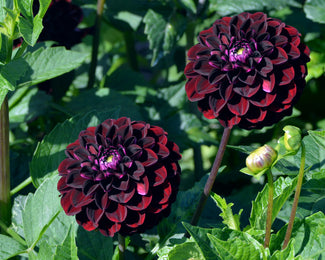
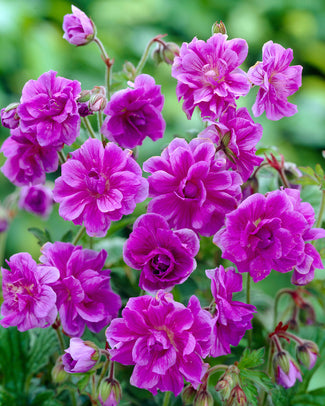
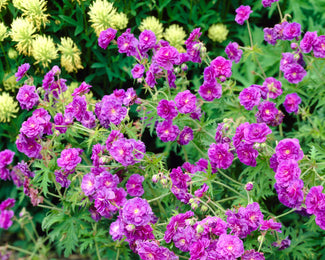
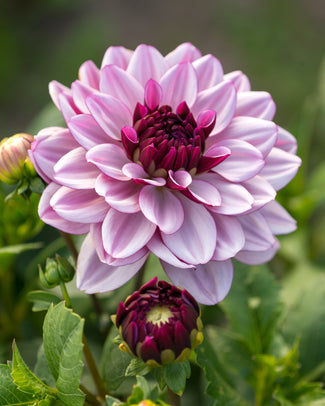
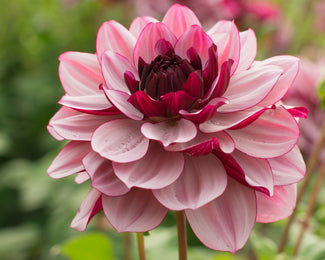
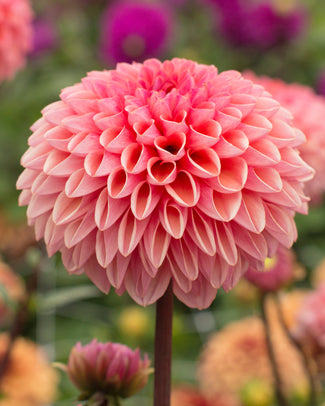
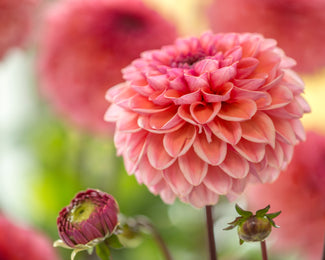
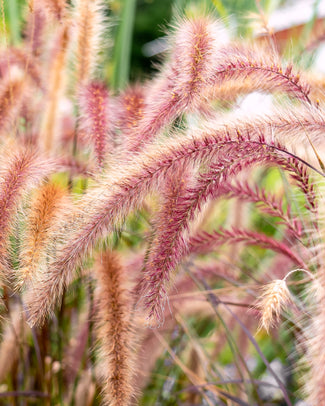
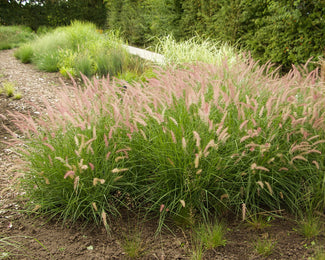
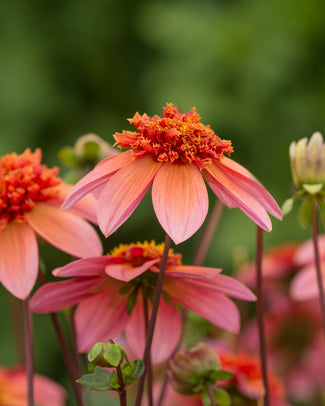
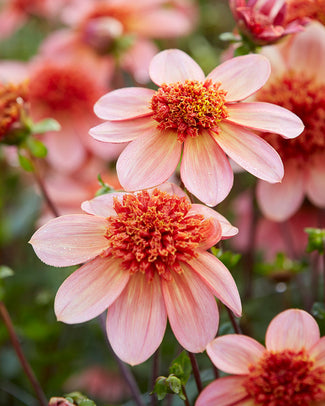
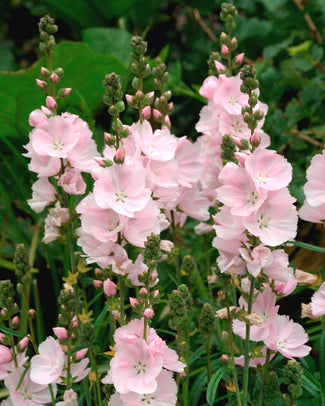
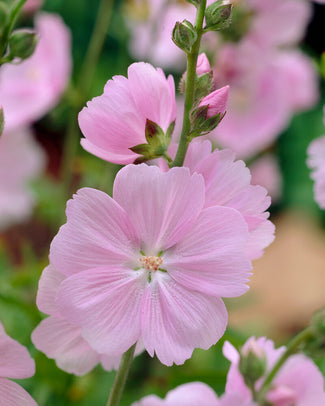
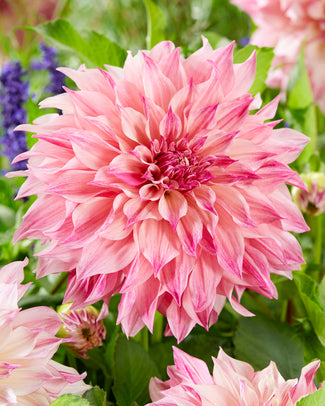
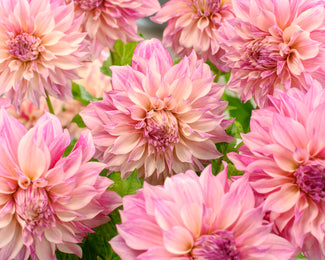
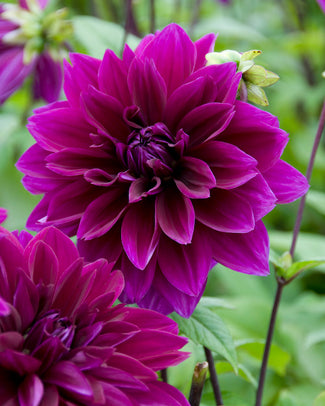
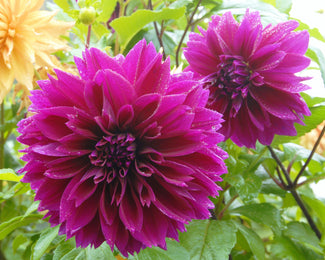
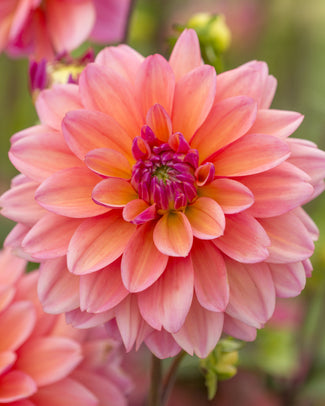
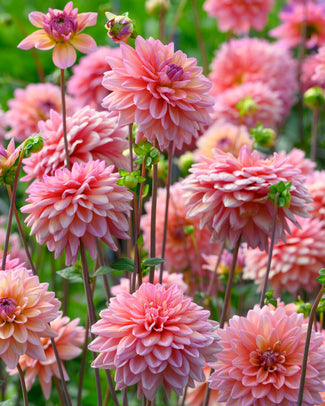
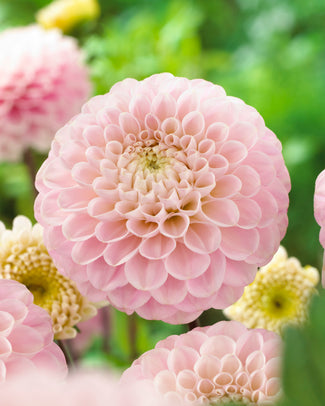
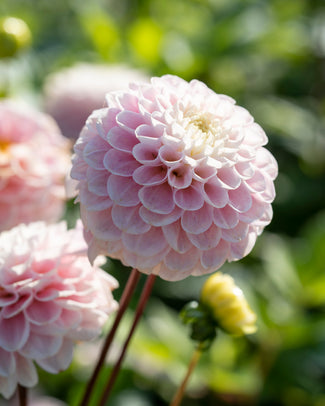
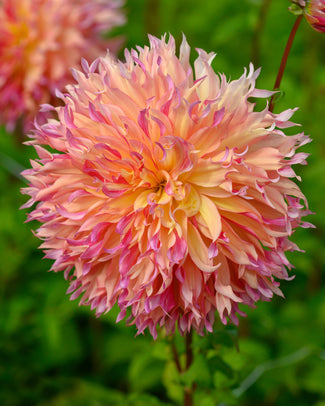
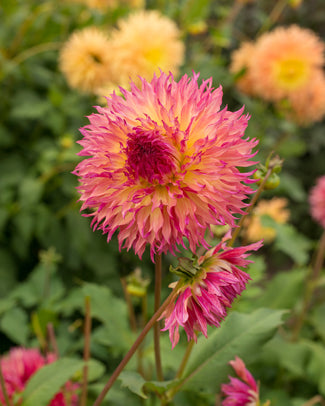
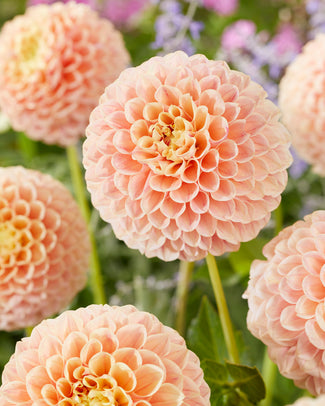
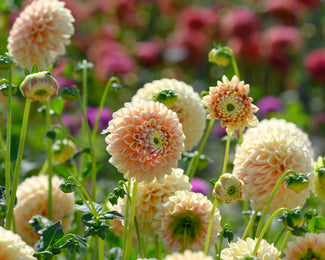
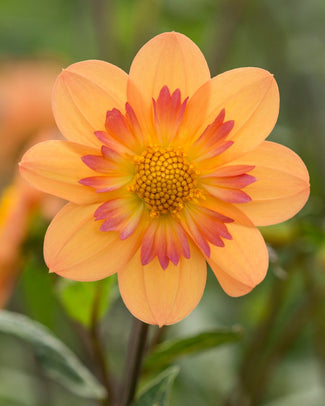
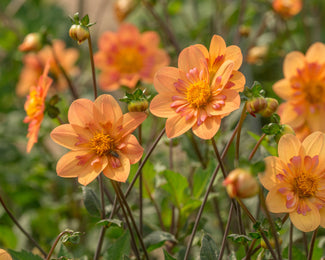
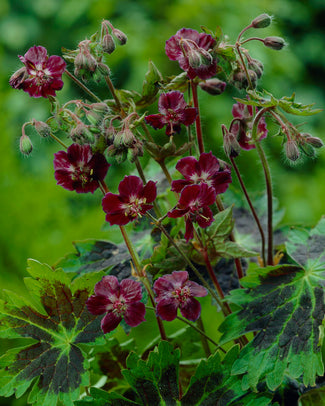
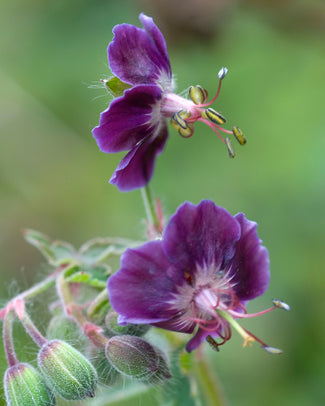
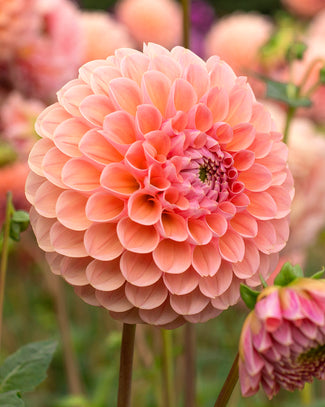
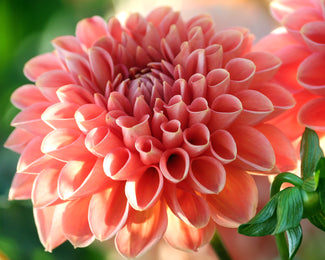
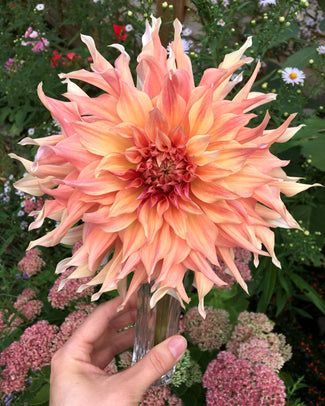
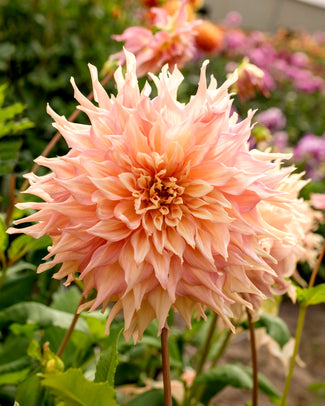
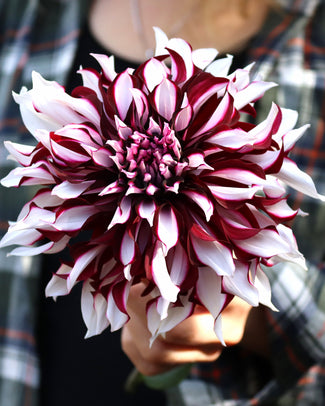
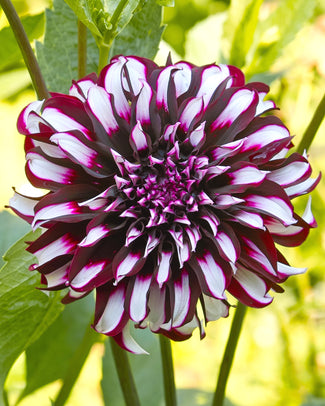
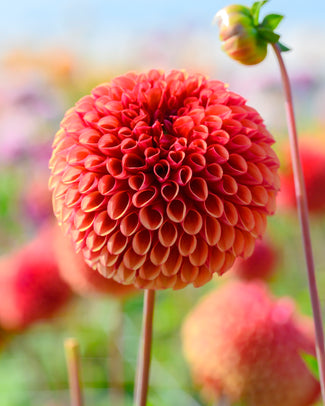
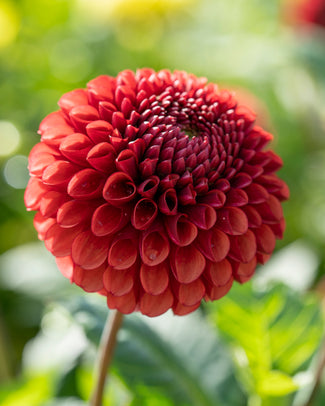
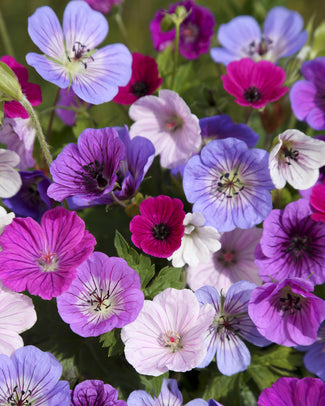
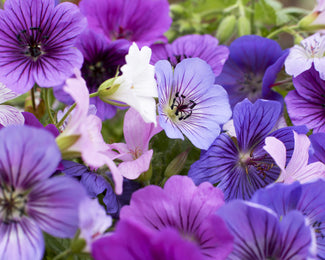
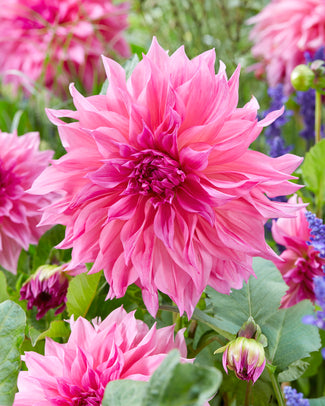
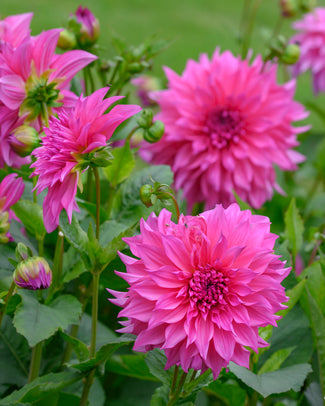
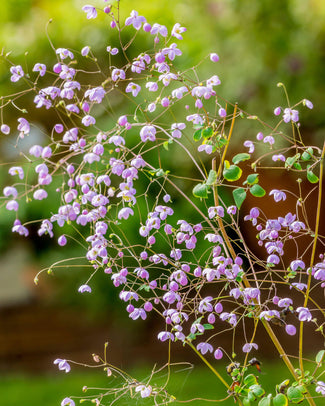
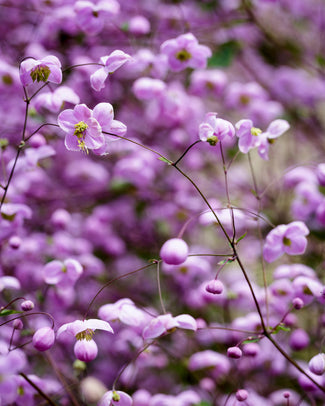
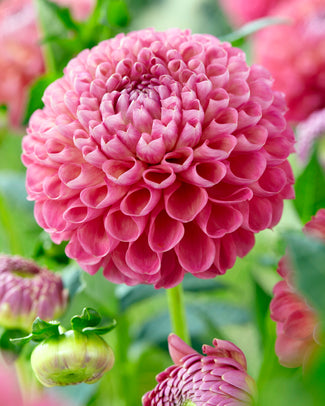
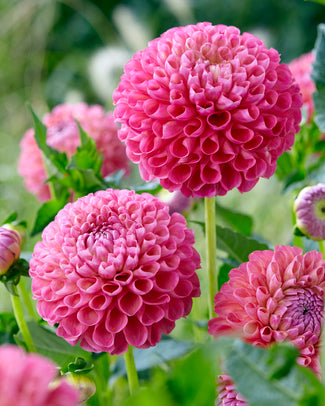
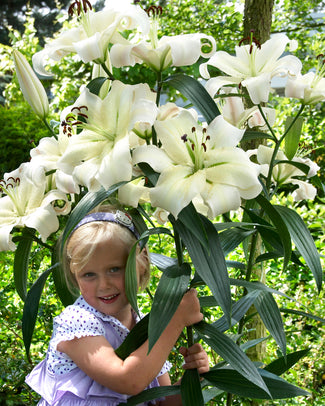
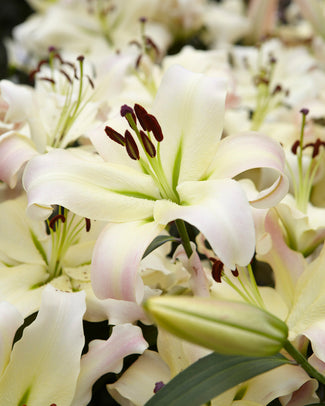
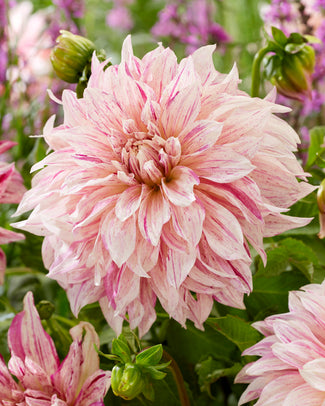
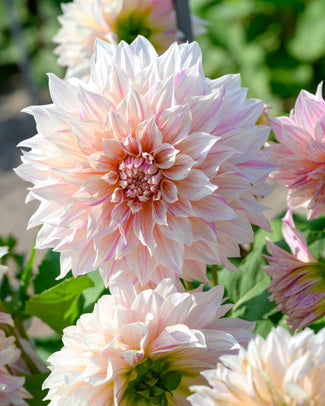
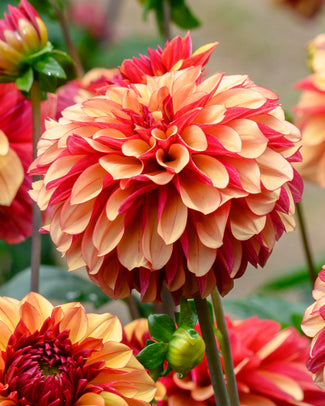
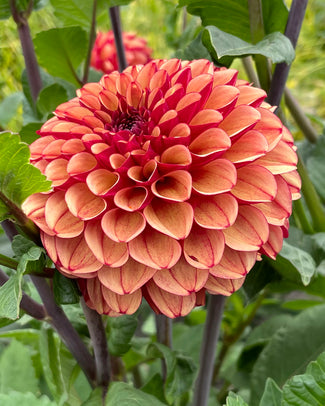
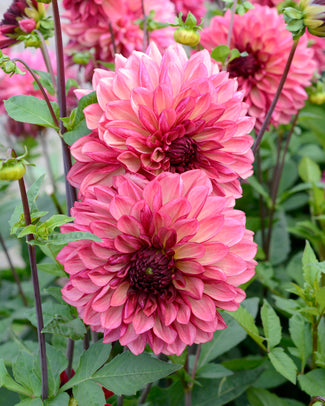
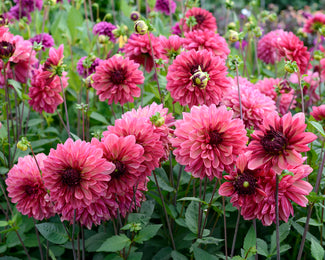
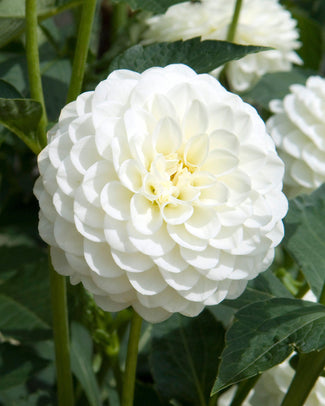
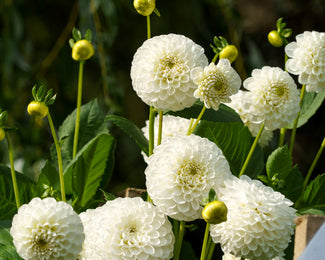
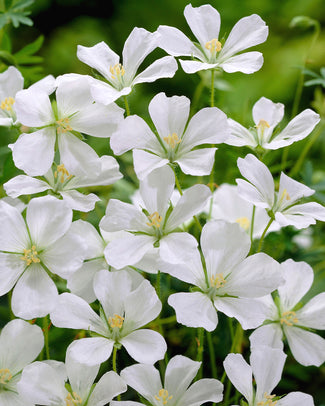
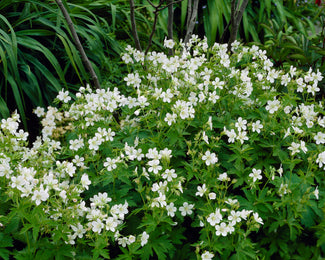
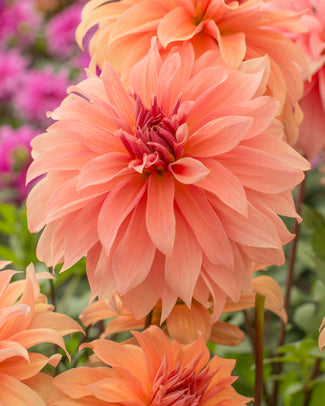
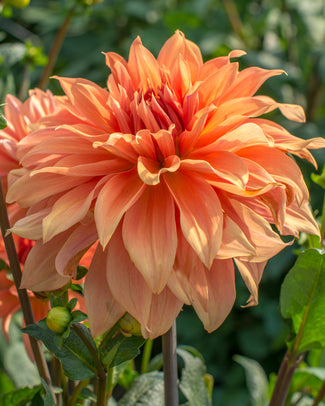
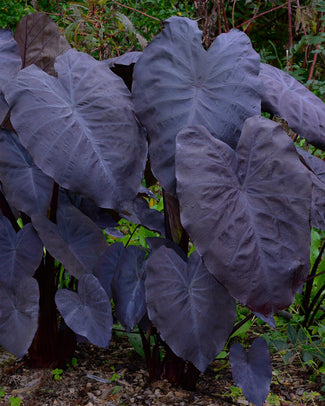
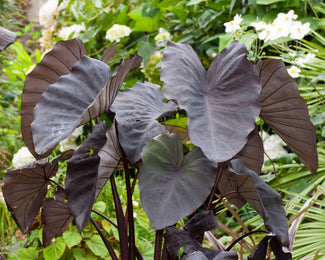
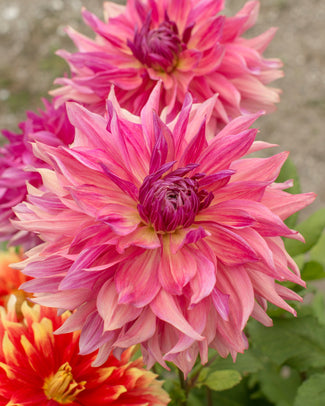
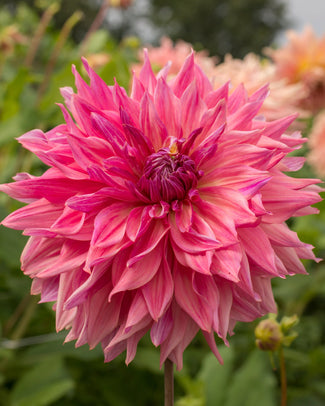
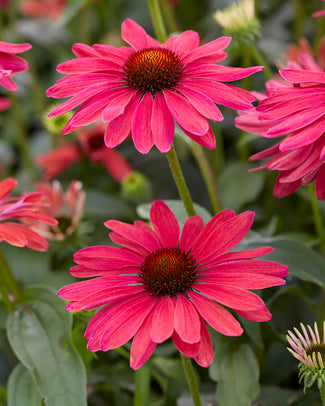
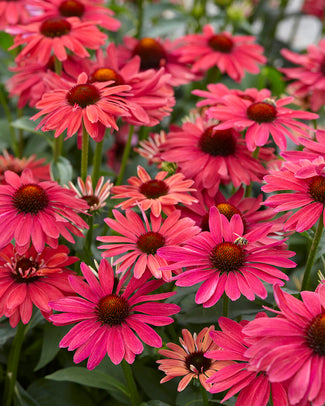
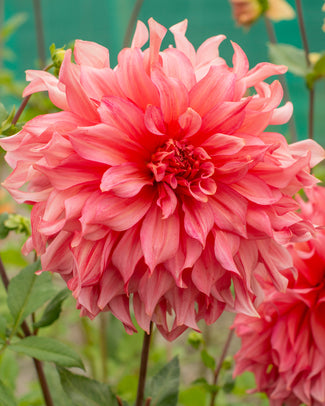
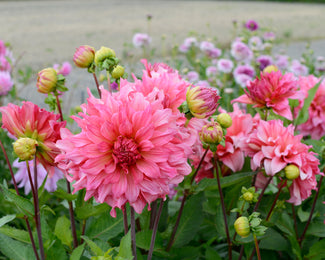
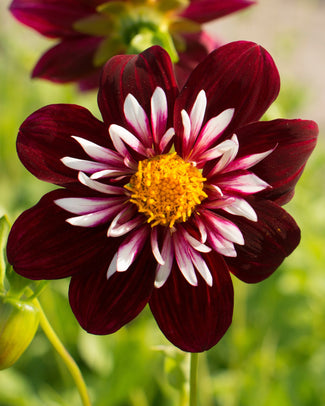
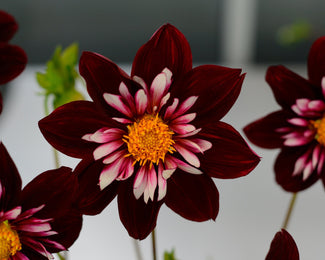
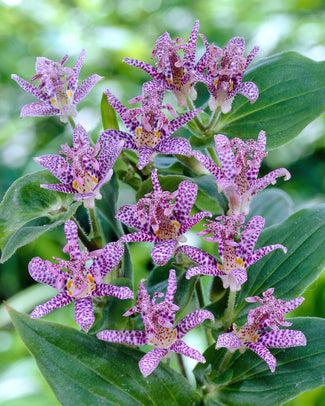
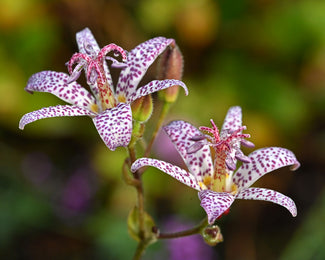
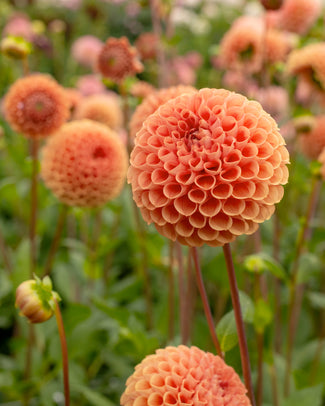
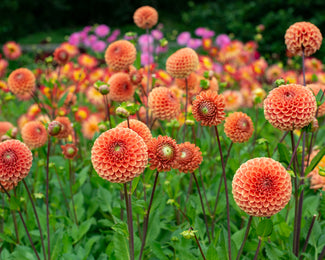
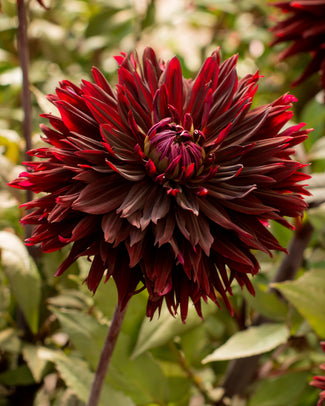
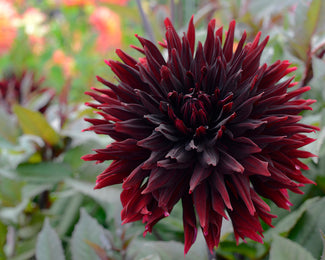
![Agapanthus 'Black Buddhist' []](http://www.farmergracy.co.uk/cdn/shop/products/agapanthus-black-buddhist-1_325x.jpg?v=1575625838)
![Agapanthus 'Black Buddhist' []](http://www.farmergracy.co.uk/cdn/shop/products/agapanthus-black-buddhist-4_325x.jpg?v=1627464050)
